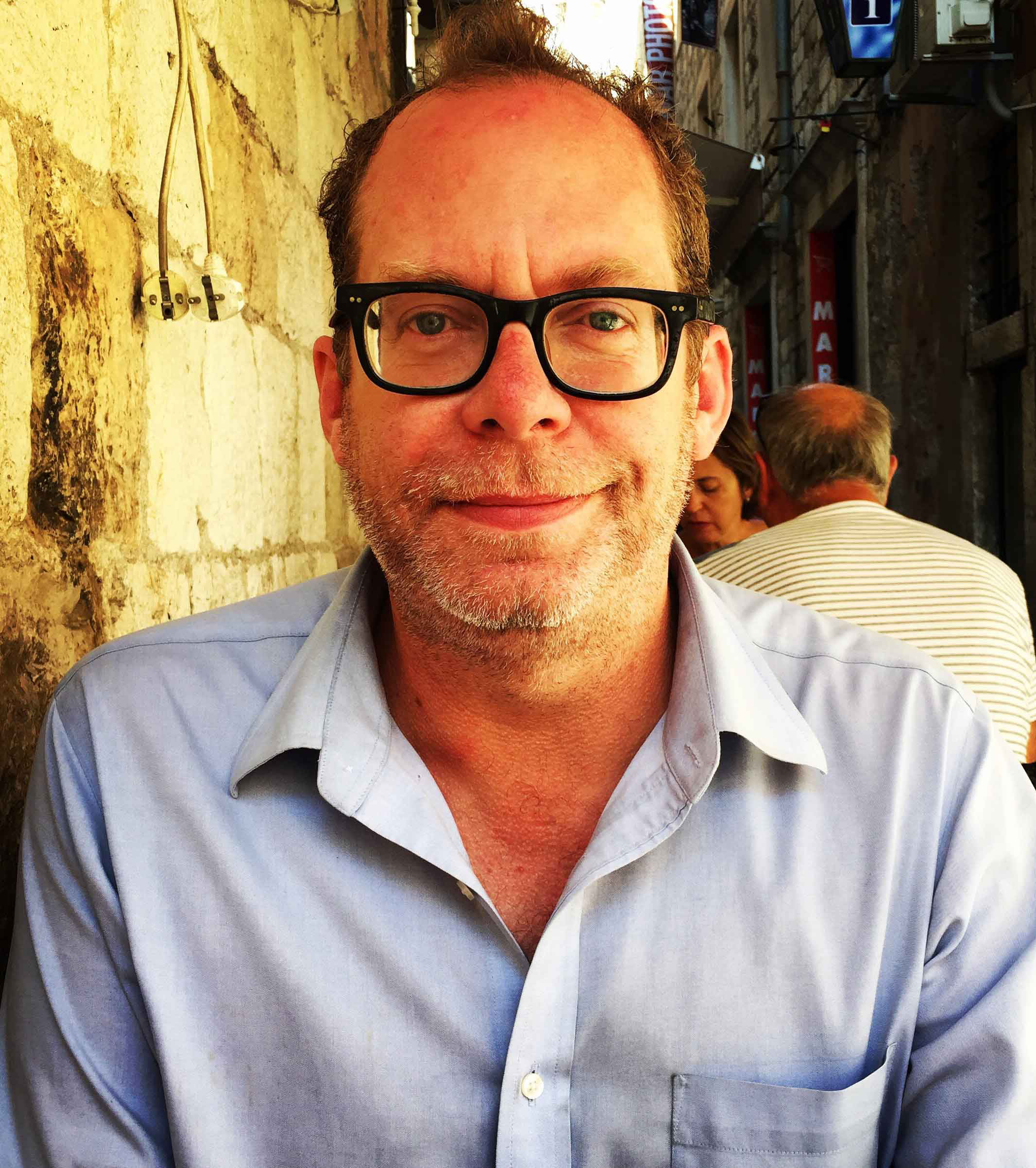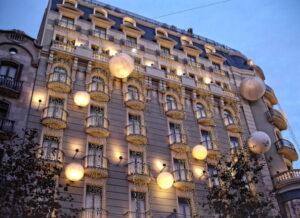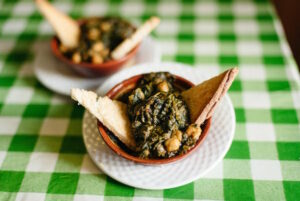Last Updated on November 12, 2025 by Emma Fajcz | Published: July 17, 2024
Mention “Rioja” to many people and luscious red wine is the first thing they may think of. It’s true that the region of La Rioja, located in northeastern Spain, produces some of the best wine on the planet. Visiting some of the 500 wineries that produce vino here is reason enough to put the region into your GPS system and go.
But there’s much more to this diminutive region than great wine. La Rioja is crammed with medieval hill towns, ancient monasteries, dinosaur fossils, and a capital city that is teeming with energy and great food.
Here are 5 reasons why you should go to La Rioja.
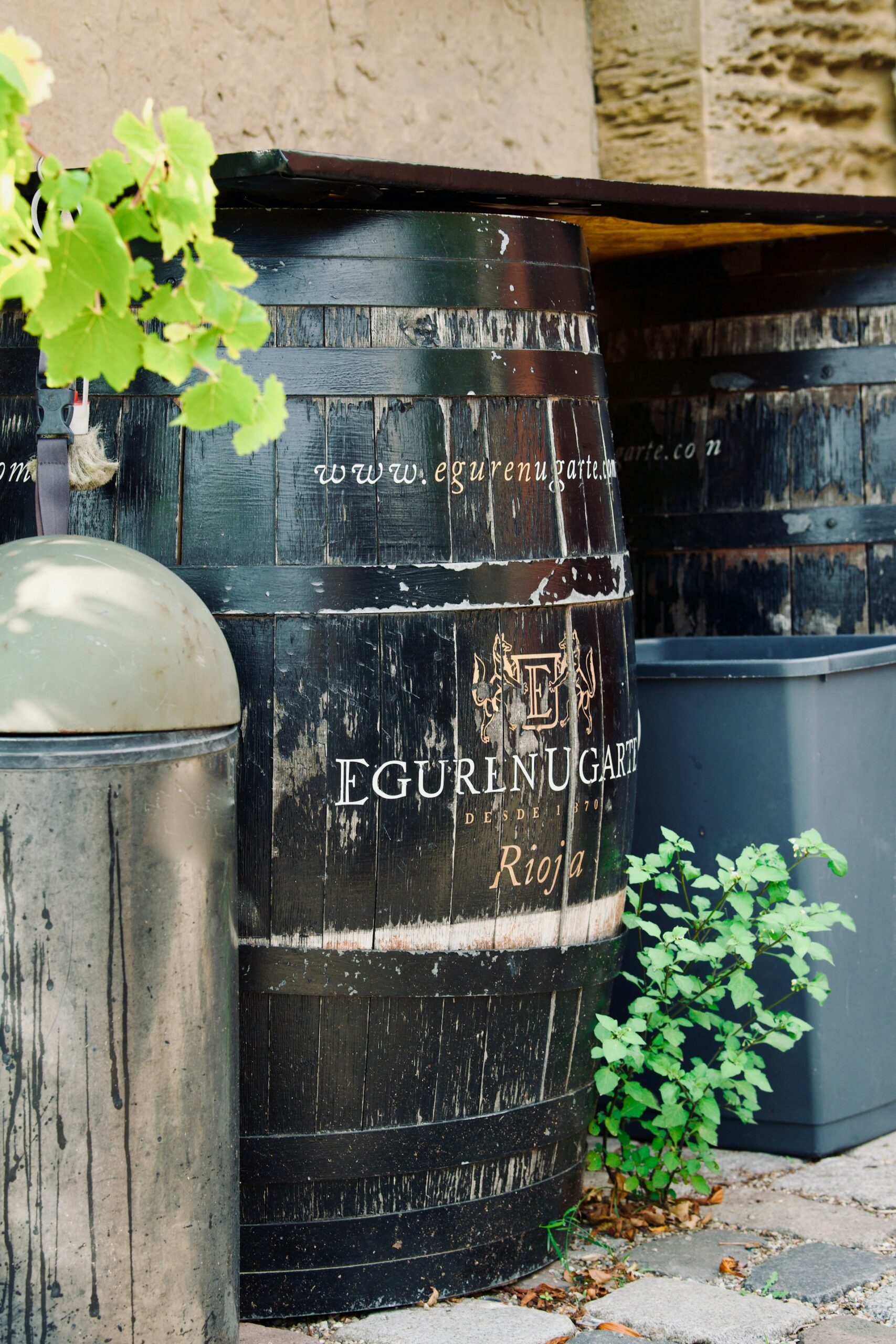
Go on a pinchos crawl in Logroño
Logroño is the capital of La Rioja, and it’s a seriously off-the-radar gem of a city. About 150,000 people live here and they love to eat good food and drink affordable high-quality wine. So, it’s a good thing that the city has both.
Point yourself to the medieval center of town where you’ll find two streets, Calle de Laurel and Calle San Juan, both about the length of a football field. Calle de Laurel is the more raucous of the two. But whatever the case, both of these narrow alleyways are lined with diminutive tapas bars where you can pop in for a pincho (the local lingo for “tapa”) and drink a glass of locally produced wine for pocket change.
Some bars are known for one thing—patatas bravas, garlicky mushrooms, or a pig ear sandwich, for example—and some bars have countertops crammed with various delicious-looking small plates.
When you’re full and need some non-eating activities, Logroño also boasts a lovely cathedral with a painting attributed to Michelangelo, a museum dedicated to the history of La Rioja, and a network of narrow lanes to get lost in.
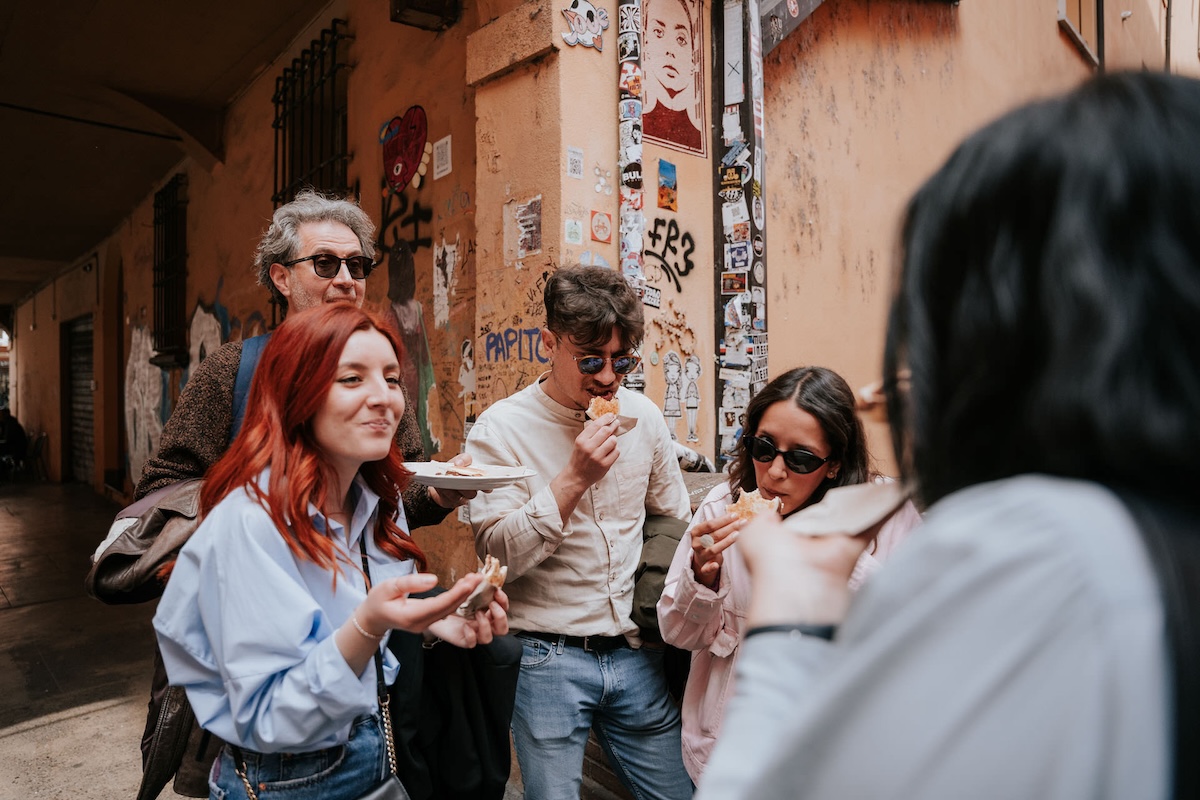
Discover the origins of the Spanish language
There are two big reasons to visit the small town of San Millán de la Cogolla: Yuso and Suso. These two twin monasteries, one sitting slightly higher on a mountain than the other, are two centuries-old monasteries. It was here, at Suso (which means “up”), where the hermit San Millán, also known as Saint Aemilian, lived in the sixth century. Construction of the monastery began in the same century, and is the spot where the first written texts in the Spanish language were produced.
Yuso, which means “below,” is a “newer” monastery from the 11th century. The library here holds 10,000 books, many of which were the first books written in Spanish. Visitors today can take tours of the monasteries. Just the medieval aesthetics alone are worth the visit.
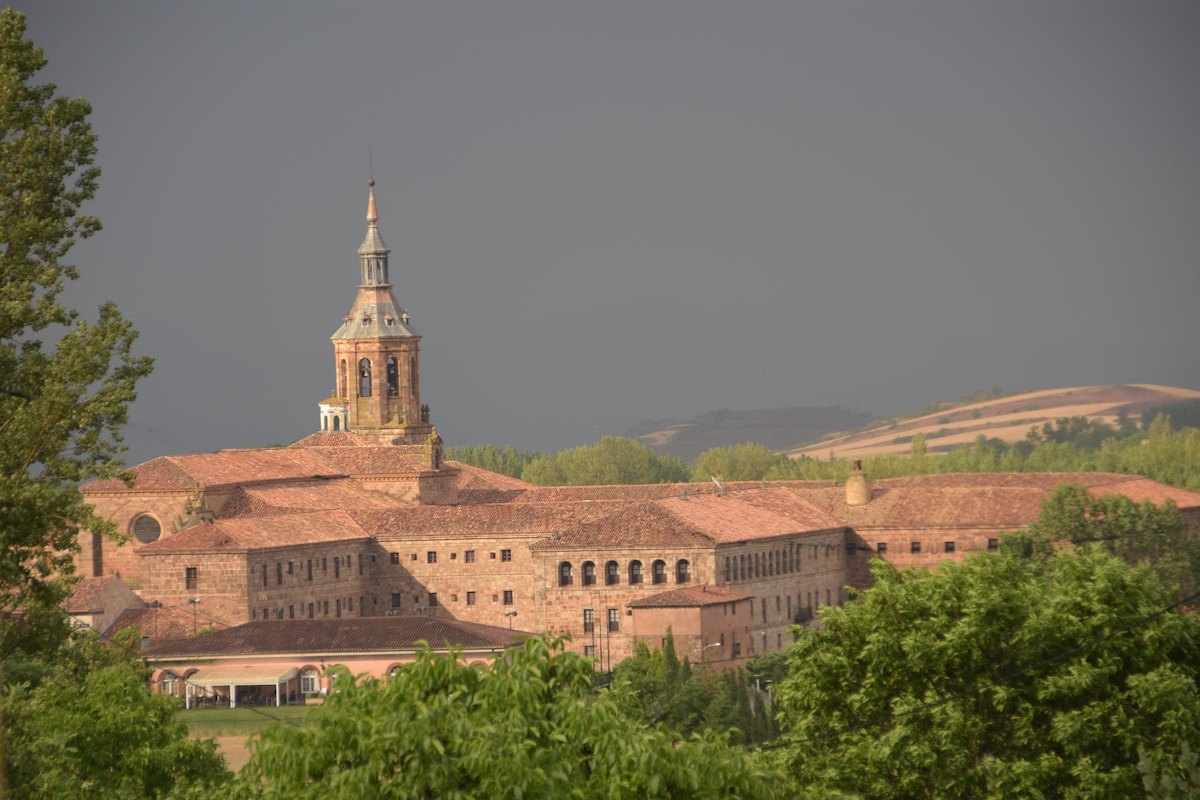
Get up-close and personal with dinosaurs
Dinosaurs once heavily roamed the area that is now La Rioja. In fact, there’s even a dinosaur route that extends throughout the region and into neighboring Aragon.
But, if you’re going to visit one dinosaur-themed spot, make it this one: about 40 miles south of Logroño is El Barranco Perdido, otherwise known as The Lost Canyon. This dinosaur theme park in the town of Enciso has actual dinosaur footprints that you can gawk at, as well as caves with dinosaur bones.
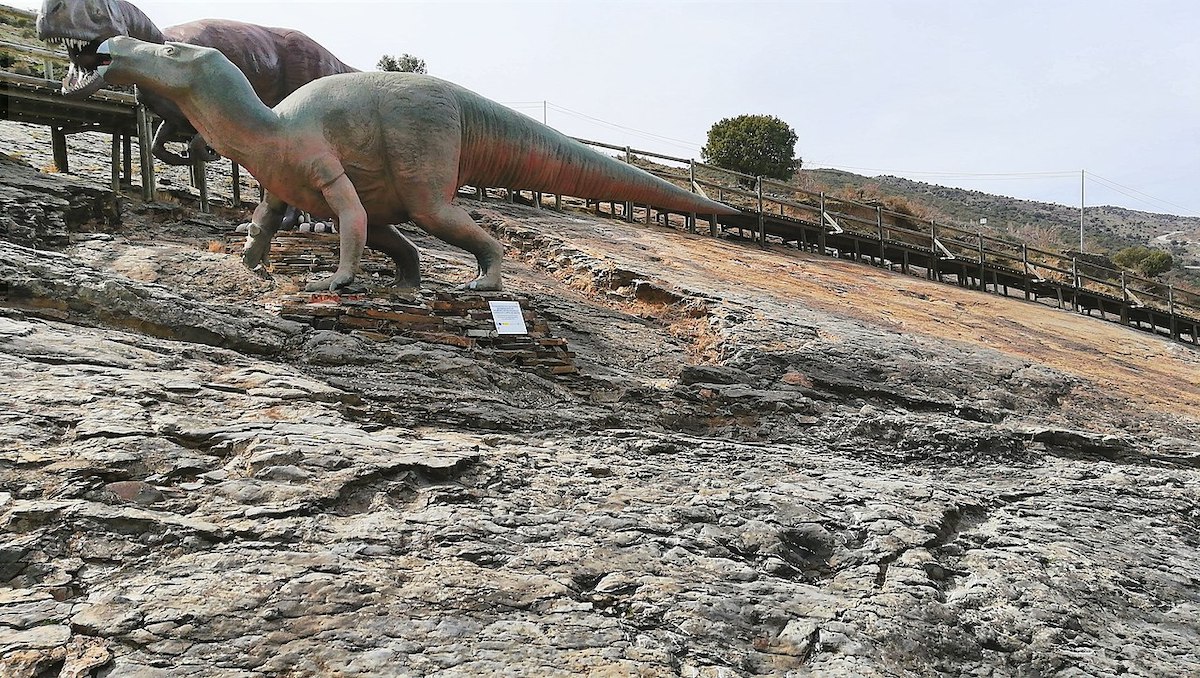
Get medieval
La Rioja is home to several lovely medieval villages and towns. If you have access to a car, you can spend a day or two cruising the curving roads of the region, and then strolling through some of these charming spots. A few places that should definitely be on your itinerary include:
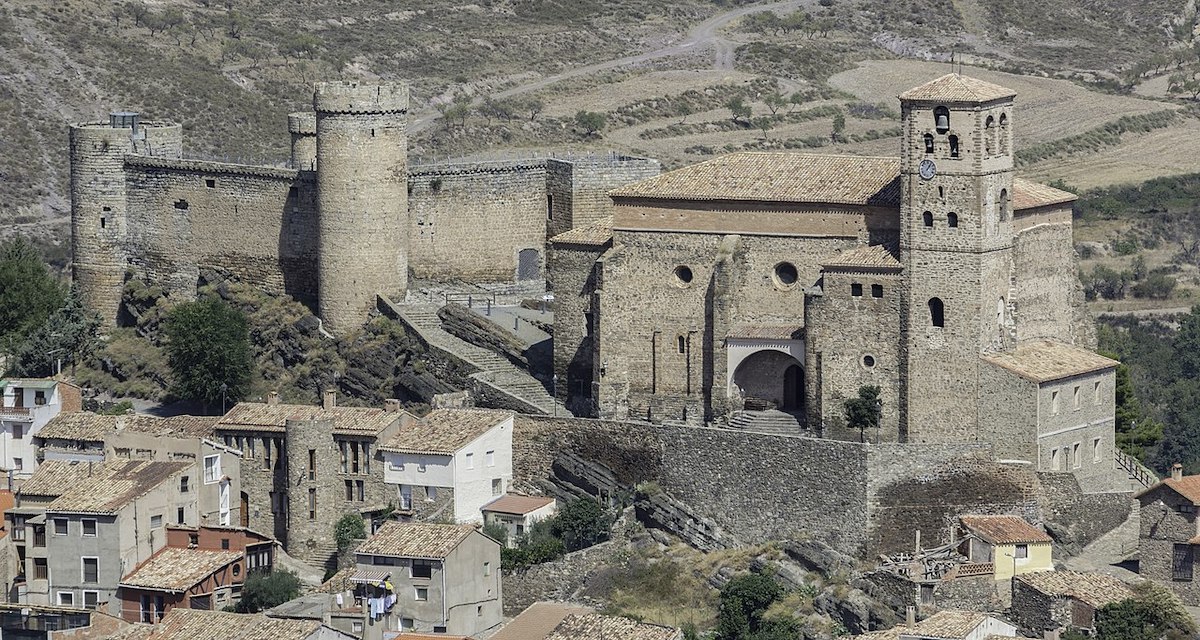
Ezcaray
Located in Rioja Alta, this small town has a ski resort, a gorgeous 16th-century church (Santa María la Mayor), and an excellent Michelin two-star restaurant called Echaurren.
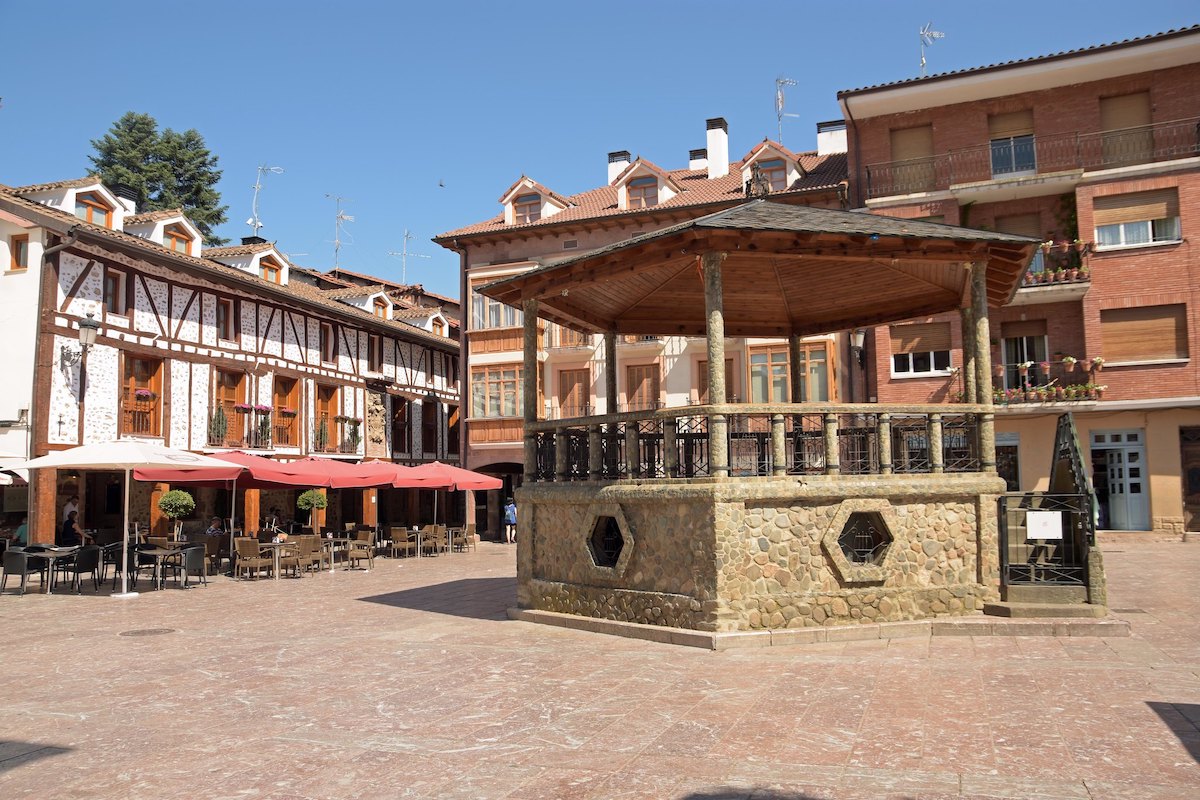
Briones
A gorgeous hill town about 20 miles west of Logroño, Briones is made up of a few centuries-old churches and palaces, as well as a network of narrow cobblestone streets that are fun to get lost in. It’s also near the Vivanco Museum of Wine Culture.
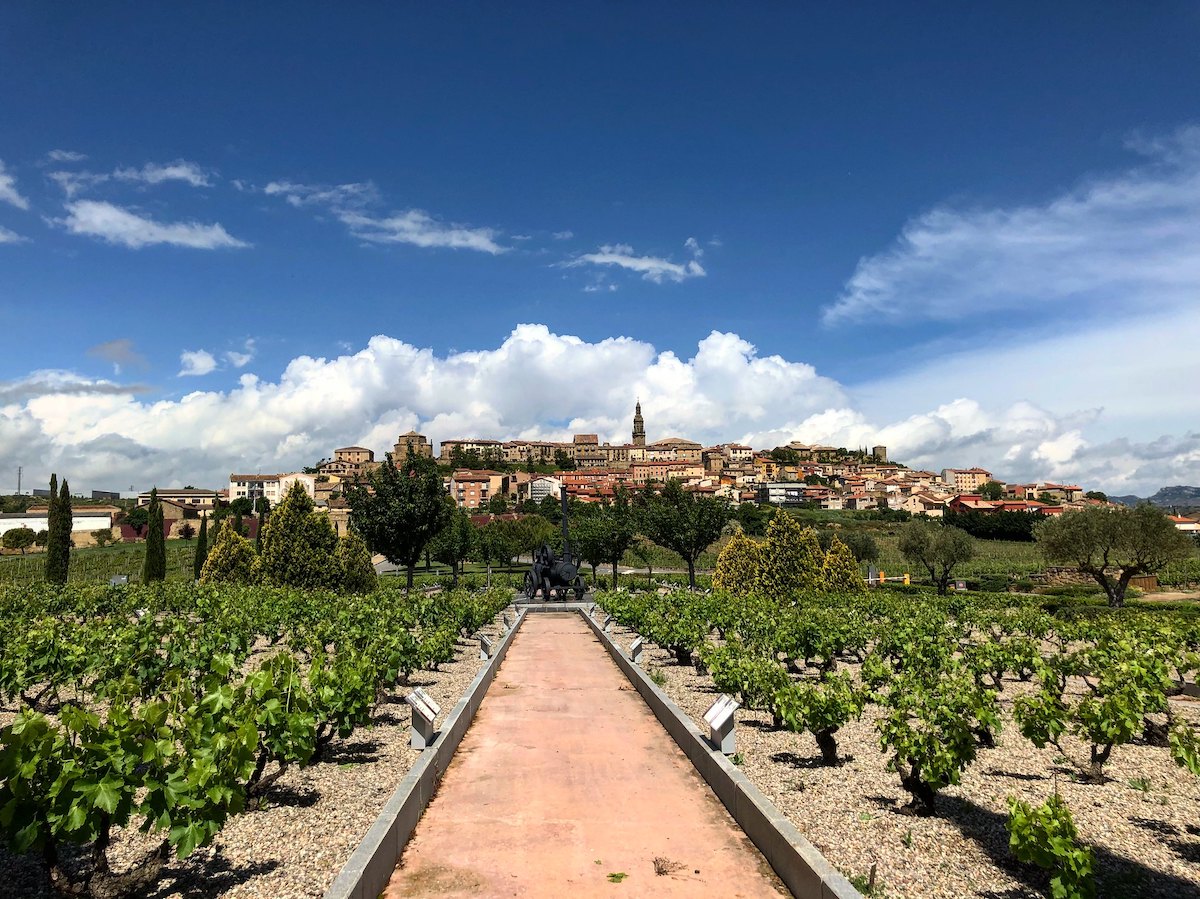
Santo Domingo de la Calzada
There’s a legend in this small town that says that, in the 11th century, a hermit named Domingo had a bridge built over the Oja River (for which Rioja takes its name). That bridge aided pilgrims on the popular Camino de Santiago route (which pilgrims are still using today).
The village of Santo Domingo de la Calzada has a very impressive Romanesque cathedral and a charming main square.
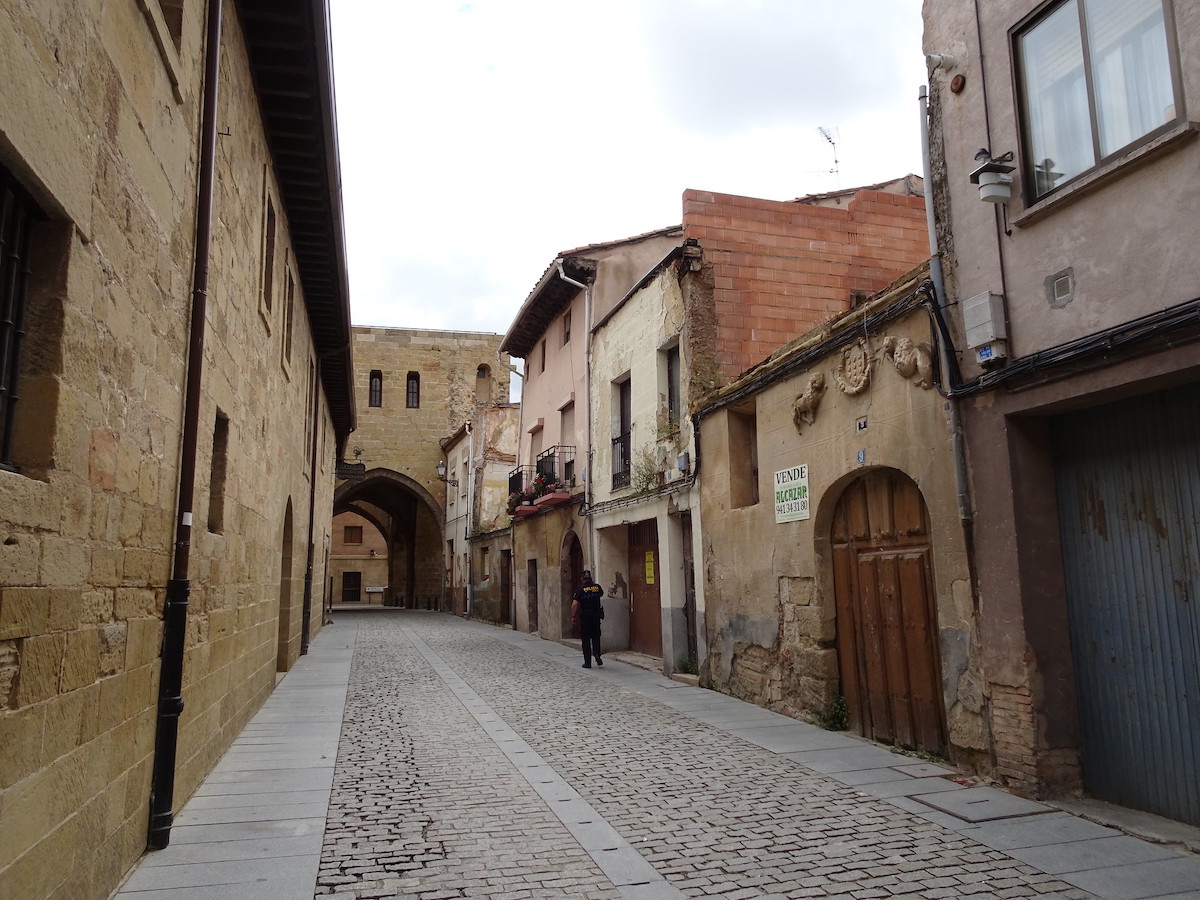
Get wined-up
And, of course, you can’t escape wine while in La Rioja, Spain. If you want to indulge in the region’s most famous product, you can do that very easily. It’s best to have access to a car, plus a designated driver. Then you can reach some of the best wineries in the region.
You can start by visiting the Vivanco Museum of Wine Culture, an institution that takes visitors through the history and culture of wine making in La Rioja.
If you don’t want to drive or don’t have access to a car, no problem. Base yourself in Haro, the self-proclaimed capital of Rioja (wine), where there are several tasting rooms from various wineries (or “bodegas,” as they’re called here).
If you’re in Logroño, Franco-Españolas is a 135-year-old winery just across the Ebro River from the historical center. It offers tours and tastings.
Enjoy visiting one of the 500+ wineries in La Rioja.
